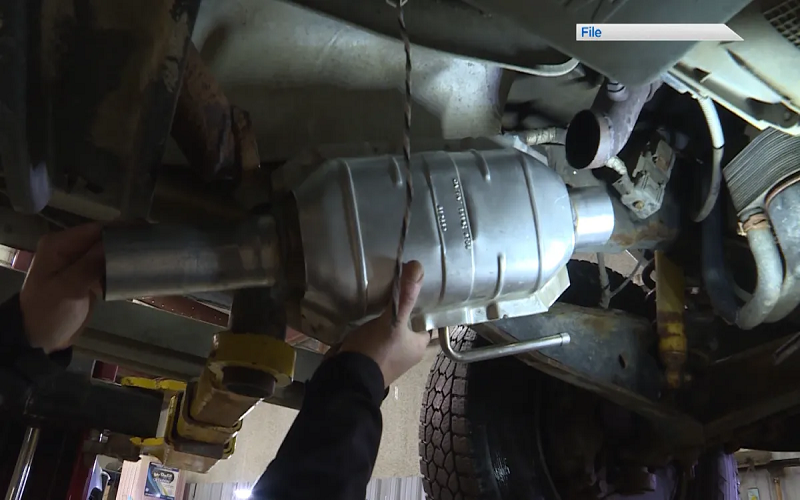Recycling catalytic converters is an important procedure that not only aids in waste reduction but also aids in resource conservation and environmental preservation. Here are 10 things you should know about recycling catalytic converters, whether you’re an enthusiast for cars, a recycling expert, or just interested in sustainability.
1. Content of Precious Metals
Precious metals, including platinum, palladium, and rhodium, are found in trace amounts in catalytic converters. Because of their great value and role as catalysts in the conversion process, these metals make recycling economically feasible.
2. Advantages for the Environment
Recycling catalytic converters helps to save natural resources, lessen the impact on the environment, and eliminate the need for fresh metal extraction. Additionally, it stops the discharge of dangerous contaminants and emissions linked to the mining and refining operations.
3. The Reclamation Procedure
Used catalytic converters are gathered, disassembled to remove the valuable metals, refined, and then sold to manufacturers so they may be used again. This is the recycling process. Up to 95% of the precious metals found in the converters may be recovered with the use of this procedure.
4. Demand in the Market
The automobile, electronics, and jewellery sectors are the main drivers of the need for precious metals in catalytic converters. The economics of recycling catalytic converters is impacted by changes in supply, demand, and metal pricing.
5. Various Types of Converters
Catalytic converters come in a variety of forms, with metallic and ceramic substrates having differing concentrations of precious metals. Depending on the kind of converter, several recycling techniques may apply.
6. Technology for Recycling
Technological developments in recycling have improved the process’ effectiveness and economy. Utilising cutting-edge techniques like heat processing and chemical leaching allows for maximum metal recovery with the least amount of negative environmental effects.
7. Adherence to Regulations
To guarantee appropriate waste management and environmental protection, recycling facilities must abide by standards controlling the processing and recycling of catalytic converters. Another goal of regulations is to stop the unlawful trading of precious metals.
8. Reduction of Environmental Impact
The environmental effects of metal mining, processing, and disposal are lessened by recycling catalytic converters. This covers pollution avoidance, decreased greenhouse gas emissions, and energy conservation.
9. Support for the Circular Economy
Recycling catalytic converters is a component of the circular economy, which reduces waste and resource depletion by reusing, recycling, and repurposing commodities. It encourages both economic expansion and sustainable resource management.
10. International Sector
Catalytic converter recyclers work in many different nations, making this a worldwide sector. Governments, businesses, and consumers must work together to promote ethical recycling methods worldwide.
Conclusion
Sustainable development, environmental preservation, and resource conservation all heavily depend on the recycling of catalytic converters. Gaining knowledge about the recycling of catalytic converters is crucial to encouraging appropriate waste management and making a positive impact on a cleaner, greener future. Catalytic converter recycling is a topic worth understanding if you’re enthusiastic about sustainability or work in the automobile industry.

